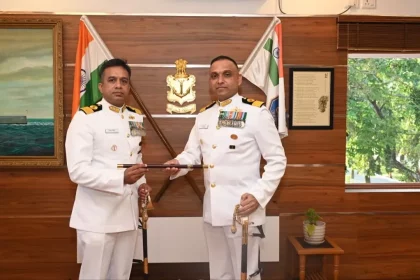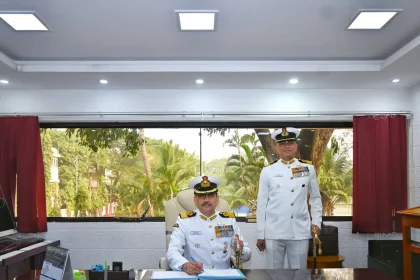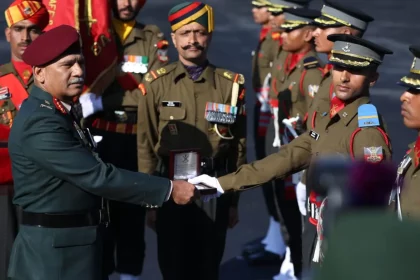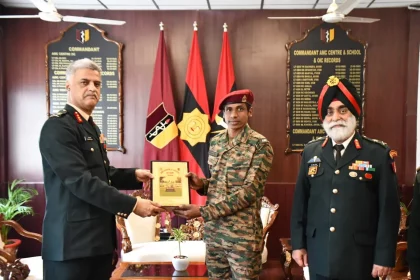Commodore N Hariharan Assumes Charge as 47th Commanding Officer of INS Venduruthy
Seasoned Gunnery & Missile Warfare specialist with extensive command and training experience takes over key Kochi establishment.
Commodore Kartik Murthy Takes Over Command of INS Circars
Leadership transition reinforces Eastern Naval Command’s logistics strength and operational readiness.
From SSB Candidate to Celebrated Cine Star: Jaideep Ahlawat Revists Selection Centre East, Prayagraj
Actor shares life lessons from his SSB journey, inspires young defence aspirants with message of discipline and perseverance.
Southern Command Conducts Military–Civil Fusion Exercise at Pune to Enhance Inter-Agency Preparedness
Southern Command conducted a high-intensity Military–Civil Fusion exercise at Pune to validate inter-agency coordination and response mechanisms against complex, multi-threat…
TGC 143 Cut Off Marks Indian Army
TGC-143 cutoff marks announced for July 2026 course; check branch-wise percentages and SSB interview eligibility details.
Sepoy (Chef) Sonaram Hessa Wins 145 km All India Marathon in Lucknow
Army Medical Corps soldier showcases exceptional endurance by topping 145 km marathon among 250 runners in Lucknow.






